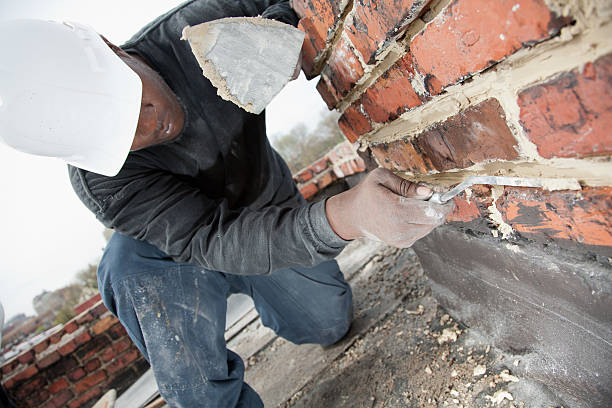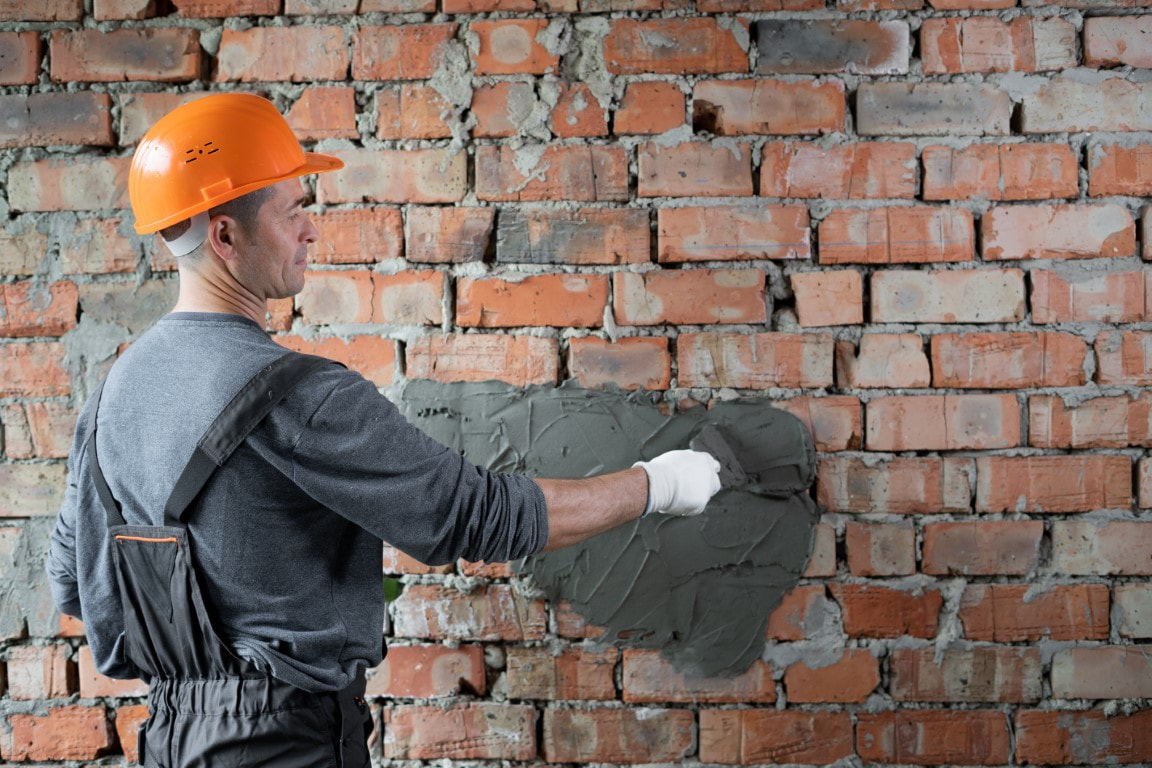Unlocking the Secrets of Sustainable Masonry Construction Practices for Eco-Friendly Structures
Among the myriad strategies to environment-friendly structure, sustainable stonework building and construction stands out as a time-tested and resilient method that holds a riches of untapped possibility. From the selection of products to cutting-edge construction techniques, the keys to achieving sustainability within masonry building are diverse and fascinating.
Benefits of Sustainable Masonry Construction
Accepting lasting stonework construction practices not just minimizes environmental effect however likewise supplies long-term economic advantages to contractors and communities. By utilizing products like recycled bricks, blocks, and rocks, contractors can dramatically reduce the carbon footprint of their jobs while promoting source effectiveness. In addition, sustainable stonework building techniques, such as proper insulation and thermal mass residential properties, can improve energy efficiency within buildings, bring about minimized operational prices gradually.
Furthermore, the sturdiness and durability of masonry frameworks add to lasting economic benefits. Structures built utilizing lasting stonework methods often need less repair and maintenance, converting to cost savings for builders and residential or commercial property proprietors. The longevity of masonry products additionally guarantees that frameworks remain stable and secure, reducing the demand for frequent remodellings or substitutes.
Eco-Friendly Masonry Materials
Making use of eco-friendly stonework products is a pivotal step towards enhancing the sustainability of building techniques and decreasing environmental effect while making the most of long-lasting financial advantages. Sustainable masonry products are sourced, produced, and used in a way that lowers general ecological influence. Products such as recycled bricks, recovered rock, and lasting cinder block are ending up being significantly preferred choices for eco-conscious builders. Recycled bricks, for instance, not only draw away waste from land fills yet likewise call for less power to produce contrasted to new bricks. Reclaimed rock uses a special aesthetic appeal while decreasing the need for new quarrying. Lasting concrete obstructs include recycled accumulations and might include better insulation buildings, adding to power effectiveness in buildings.
In addition, all-natural materials like adobe, rammed planet, and straw bales give superb thermal mass residential properties, decreasing the requirement for home heating and cooling power. These materials are often in your area offered, advertising local economies and minimizing transportation-related carbon emissions. By choosing environmentally friendly stonework materials, building projects can significantly minimize their environmental impact and add to the development of much healthier, a lot more lasting built settings.
Energy-Efficient Masonry Methods
Energy efficiency plays a critical role in enhancing the sustainability of masonry construction methods. pumpcrete One crucial energy-efficient stonework method is the usage of thermal mass, which includes including dense materials like concrete or block into the structure's framework to take in and save warmth.

Technologies in Sustainable Stonework
Current developments in sustainable masonry practices have actually produced cutting-edge strategies that are reshaping the building and construction market. One such technology is the development of check that self-healing concrete, which utilizes germs embedded within the concrete to heal fractures autonomously. This advancement not only minimizes upkeep costs however additionally enhances the resilience of stonework frameworks, adding to their sustainability.
One more remarkable development is the usage of recycled aggregates in masonry construction - masonry contractor. By integrating products such as smashed ceramic waste or recycled glass into concrete blends, contractors can decrease the environmental impact of construction projects while preserving architectural honesty. This practice not just draws away waste from land fills yet also conserves natural deposits, making it a vital innovation in lasting stonework building and construction
Furthermore, the integration of digital layout tools, such as Structure Details Modeling (BIM), is revolutionizing the way masonry structures are planned and created. BIM enables for even more specific estimations, minimized product waste, and enhanced energy effectiveness, inevitably leading to more sustainable structure techniques. These technologies jointly indicate an encouraging future for lasting stonework building and construction in the period of environmentally friendly buildings.
Future Trends in Stonework Sustainability
With the cutting-edge strides made in lasting masonry practices, the future trends in stonework sustainability are poised to additional reinvent the building industry. One of the key fads forming the future of masonry sustainability is the increased combination of technology. Developments such as Building Details Modeling (BIM) and online fact simulations are being used to optimize stonework building processes, resulting in decreased material waste and boosted power performance in buildings.
Additionally, the development of novel x24 concrete pavers sustainable products is set to play a significant function in enhancing the eco-friendliness of masonry building and construction. masonry contractor. Advancements like self-healing concrete, recycled aggregates, and bio-based binders are acquiring grip for their capability to minimize ecological impact while maintaining architectural integrity

Final Thought
Finally, sustainable masonry building methods offer numerous benefits for environment-friendly structures. By using environmentally friendly materials and energy-efficient methods, masonry can contribute to an extra lasting built environment. Developments in sustainable masonry are constantly being established to additionally improve the ecological performance of structures. Looking in the direction of the future, the fad of stonework sustainability is anticipated to grow, resulting in even more eco pleasant and energy-efficient building and construction practices in the years ahead.